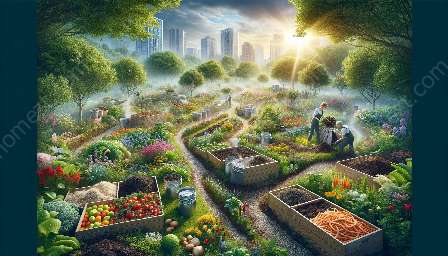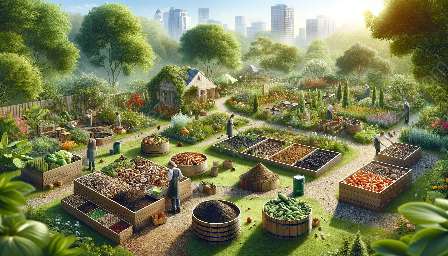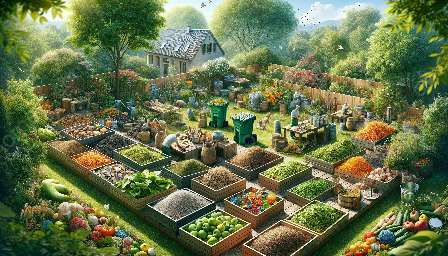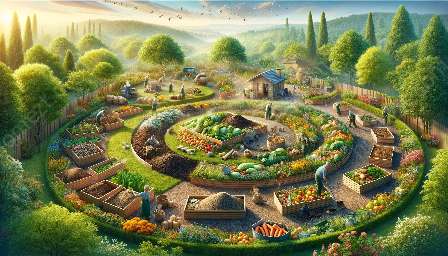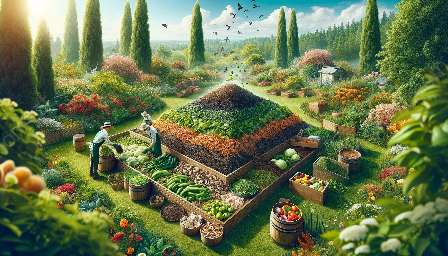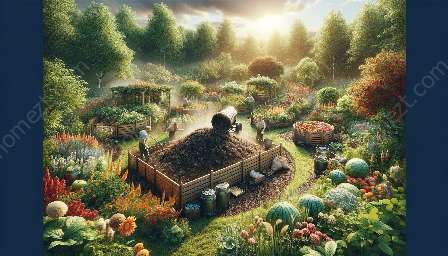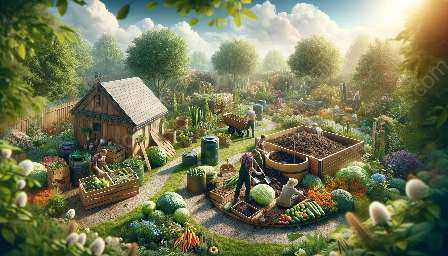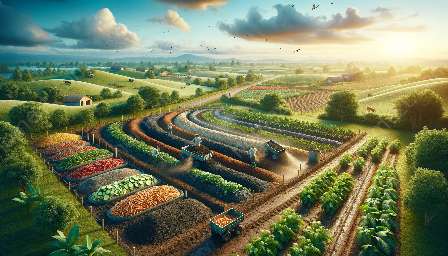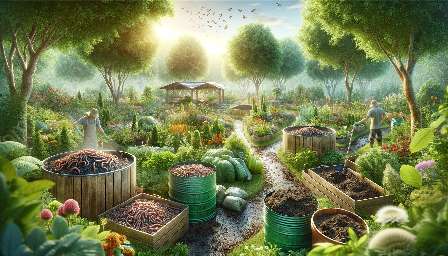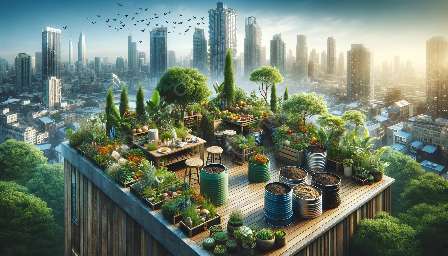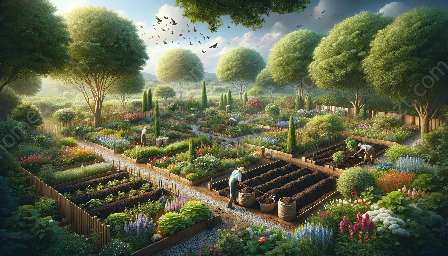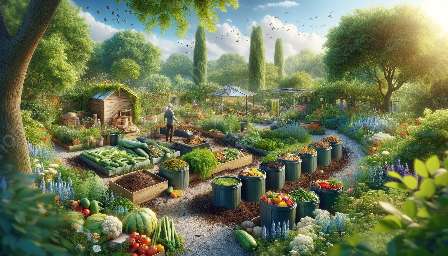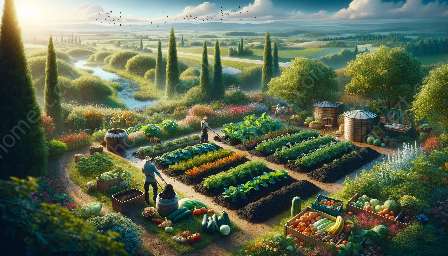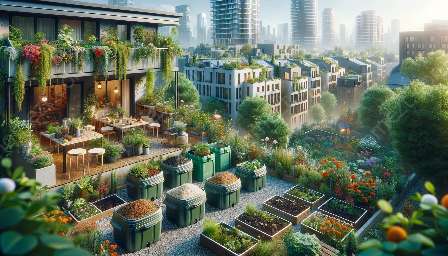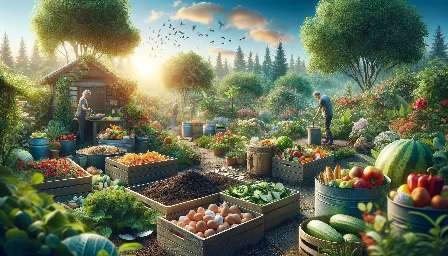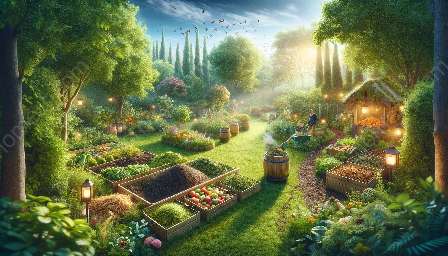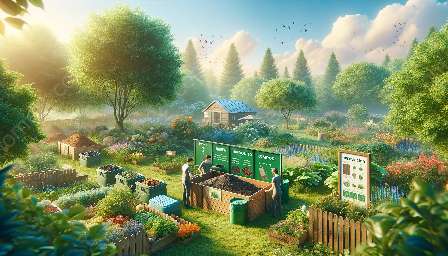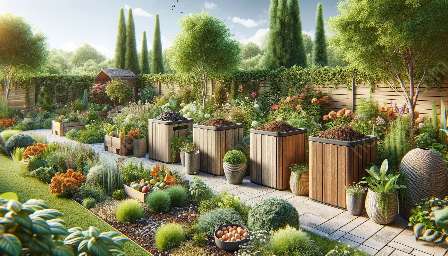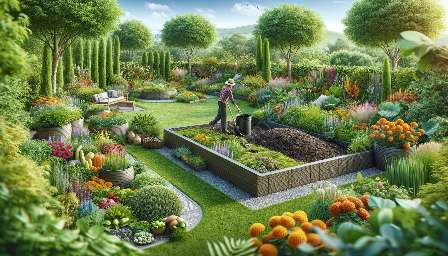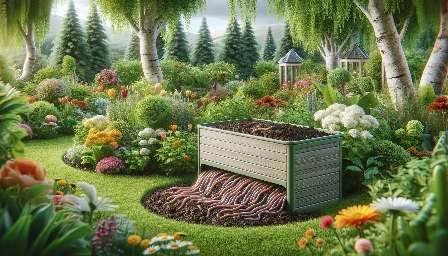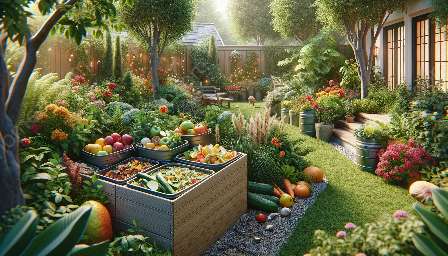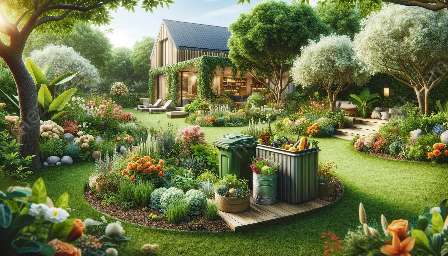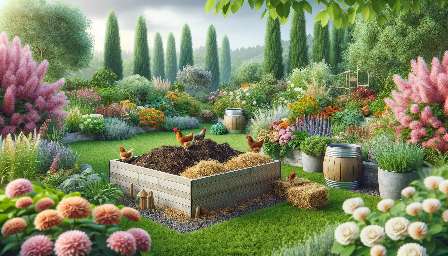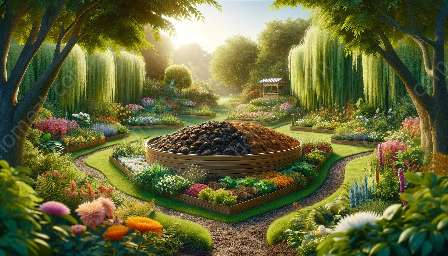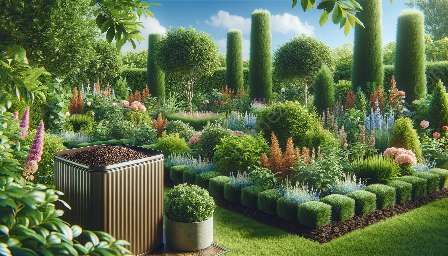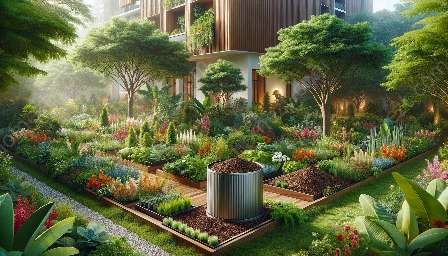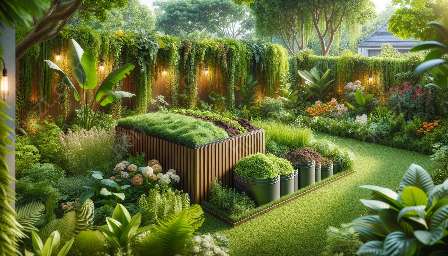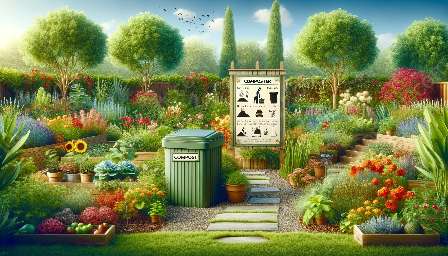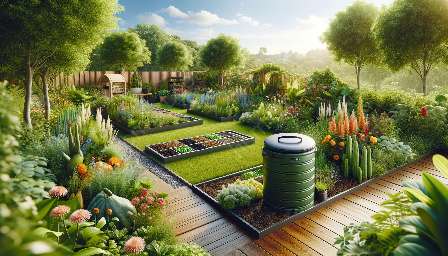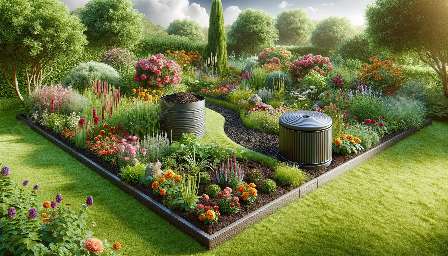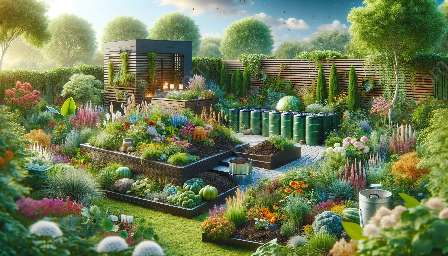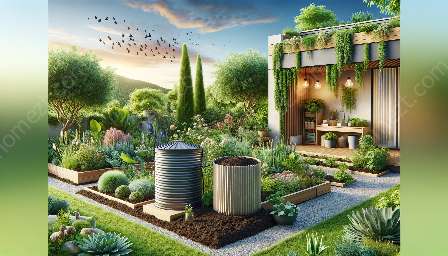Composting organic materials is a vital practice for sustainable gardening and landscaping. This eco-friendly process not only reduces waste but also enriches the soil, fostering healthy plant growth. In this comprehensive guide, we will delve into the multiple facets of composting, its benefits, methods, and its crucial role in enhancing the beauty and vitality of gardens and landscapes.
Benefits of Composting Organic Materials
Composting is a natural way to recycle organic waste, such as kitchen scraps, yard trimmings, and plant-based materials. By breaking down these materials through decomposition, composting produces a nutrient-rich soil amendment that improves soil structure, enhances moisture retention, and promotes beneficial microorganisms.
Furthermore, composting reduces reliance on chemical fertilizers, minimizing environmental pollution and contributing to a healthier ecosystem. The resulting compost also acts as a natural barrier against soil erosion, ultimately benefiting the overall health and resilience of your garden and landscape.
The Composting Process
The composting process involves four main components: organic matter, moisture, oxygen, and microorganisms. These elements work together in a controlled environment to facilitate the breakdown of organic materials. As the organic matter decomposes, it transforms into dark, crumbly compost– a testament to its readiness for use in the garden and landscape.
Methods of Composting
There are various methods for composting organic materials, each catering to different preferences and available space. Traditional composting involves building a compost pile, whereas vermicomposting uses worms to accelerate the decomposition process. Additionally, compost tumblers and compost bins are popular options for urban and small-space gardeners, providing efficient and manageable ways to create compost.
Utilizing Compost in Gardening and Landscaping
Compost is a versatile and valuable resource for gardeners and landscapers. When incorporated into the soil, it enhances fertility, promotes aeration, and aids in water retention. Additionally, using compost as a mulch or topdressing helps suppress weeds and insulate plant roots from temperature fluctuations.
In landscaping projects, compost can be used to amend soil before planting, rejuvenate tired or compacted soil, and improve the overall health of the landscape. Utilizing compost in these ways not only nurtures vibrant plant growth but also reduces the need for synthetic fertilizers and pesticides, contributing to a more sustainable and environmentally responsible approach to gardening and landscaping.
Conclusion
Composting organic materials is a cornerstone of sustainable gardening and landscaping. By harnessing the power of compost, gardeners and landscapers can create thriving, resilient ecosystems while minimizing waste and environmental impact. Embracing composting as a fundamental practice not only benefits the immediate surroundings but also contributes to a greener and healthier planet for generations to come.

